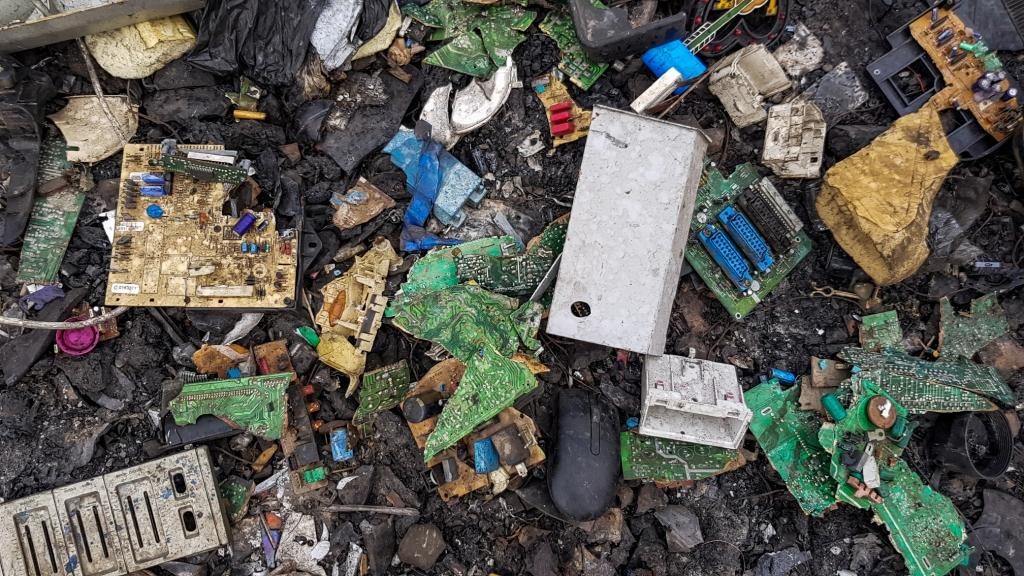Bhubaneswar: Waste management by Bhubaneswar Municipal Corporation (BMC) has emerged as a major issue for the residents of the city. Various experiments have been conducted to tackle the waste menace in the last one decade, but success has remained elusive as denizens in many parts of Bhubaneswar suffer from the stench of garbage.
One such initiative was taken in 2014 when BMC conceptualised a project called ‘Waste to Energy’ at Daruthenga dumping yard.
The housing and urban development department of Odisha government had entered into an agreement with SL Municipal Solid Waste (MSW) Bhubaneswar Limited, a private firm, to operate the project. A budget of Rs200 crore was also sanctioned for this. The objective was to generate 11 MW of power by processing waste.
Things turned south when Union Ministry of Environment, Forest and Climate Change banned waste dumping at Bhuasuni in 2018. Heaps of garbage were piled up at Daruthenga as SL MSW withdrew from the contract dashing the hopes to generate power by waste management.
Former Deputy Commissioner of BMC Shrimanta Mishra said that the ‘waste to energy’ project could not move forward as the bank had asked SL MSW company to mortgage 100acre of land to issue credit. Afterwards, the company withdrew from the contract, Mishra added.
Even during the transportation of waste from Sainik School temporary dumping yard to Daruthenga, accidents on various occasions led to losses of lives. Later, due to strong protests by Daruthenga villagers, the dumping of garbage from Sainik School dumping yard to Daruthenga has been stopped since May 15, 2023, a source said.
In FY 2019-20, the BMC decentralised waste management programme as the city’s waste management became unmanageable with a growing population.
Micro compost centres (MCC) and material recovery facilities were set up in 43 locations in Bhubaneswar. The waste was meant to be converted into manure. However, BMC’s ‘decentralisation plan’ turned into a paper tiger later.
Following the failure of small MCCs, the BMC has planned to build a mega MCC to process 350 tonnes of garbage at Palasuni.
According to Odisha forest department data, 500 grams of waste is generated daily per person living in Bhubaneswar. Taking into account the population, more than 500 tons of waste is generated on a daily basis from the city.
Due to the foul smell emanating from Sainik School temporary dumping yard, the residents of VSS Nagar, Gajapati Nagar, Gadakana, Chandrashekharpur, Chakeisihani, Rasulgarh, Acharya Vihar, and IRC Village are exasperated. Besides, the groundwater in the vicinity of the dumpyard is also at risk of being polluted, the source added.
PNN
